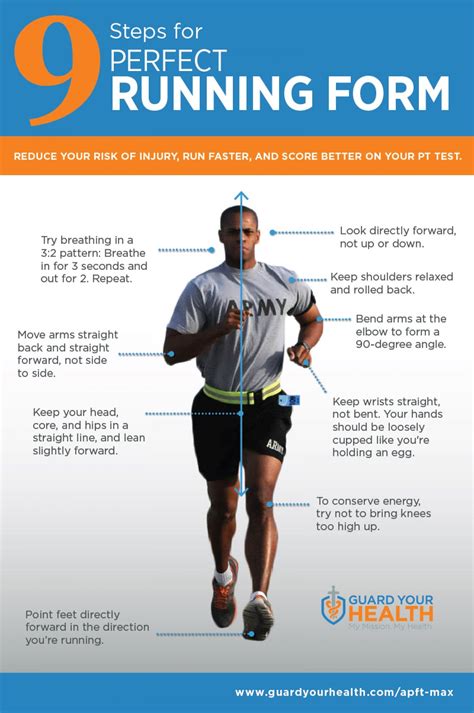How To Run Faster: A Comprehensive Guide for Beginners and Experienced Runners
Want to shave seconds off your personal best or simply enjoy a more efficient and enjoyable run? This guide will provide practical tips and strategies to help you run faster, whether you're a seasoned marathoner or just starting your running journey. We'll cover everything from proper training techniques to nutritional advice and essential gear.
Understanding Your Running Style
Before diving into training plans, it's crucial to understand your current running style. Are you a heel striker or a midfoot/forefoot runner? Analyzing your gait can help identify areas for improvement and prevent injuries. Consider filming yourself running or consulting a running coach for a professional assessment.
Identifying Your Strengths and Weaknesses
Honest self-assessment is key. What aspects of your running feel strong? What areas need work? Are you struggling with speed, endurance, or form? Pinpointing these weaknesses allows you to focus your training efforts effectively. Tracking your runs with a fitness tracker or running app can provide valuable data to inform your training.
Essential Training Techniques for Speed Improvement
Improving your running speed isn't just about running more; it's about running smarter. Here are some key techniques:
1. Incorporate Interval Training
Interval training involves alternating between high-intensity bursts and periods of rest or lower-intensity jogging. This is incredibly effective for improving speed and endurance. Start with shorter intervals and gradually increase the duration and intensity as you get fitter.
2. Tempo Runs
Tempo runs involve sustained effort at a comfortably hard pace. These runs build your aerobic capacity and lactate threshold, allowing you to run faster for longer periods without feeling overly fatigued.
3. Fartlek Training
Fartlek, meaning "speed play" in Swedish, is a flexible form of interval training that allows you to vary the intensity and duration of your efforts based on how you feel. This approach adds variety and keeps your training engaging.
4. Hill Repeats
Running uphill strengthens your leg muscles and improves your power. Hill repeats involve running uphill at a challenging pace and recovering while jogging or walking downhill.
5. Cross-Training
Engaging in activities like swimming, cycling, or strength training can help improve your overall fitness and prevent injuries. Cross-training allows your body to recover while still stimulating your cardiovascular system.
Nutrition and Hydration for Optimal Performance
Proper nutrition and hydration are crucial for maximizing your running performance.
Fueling Your Body
Consume a balanced diet rich in carbohydrates for energy, protein for muscle repair, and healthy fats for overall health. Experiment with different foods to find what works best for your body before, during, and after runs.
Staying Hydrated
Dehydration can significantly impact your running performance. Drink plenty of water throughout the day, especially before, during, and after your runs. Consider electrolyte drinks for longer runs.
Essential Gear for Faster Running
The right gear can make a difference in your running experience and performance.
Running Shoes
Invest in a good pair of running shoes that provide adequate support and cushioning. Consider getting your gait analyzed at a specialty running store to find the best fit for your running style.
Running Apparel
Wear lightweight, breathable clothing that wicks away sweat to keep you comfortable during your runs.
Consistency is Key
Remember, consistency is crucial for seeing improvement. Stick to your training plan, listen to your body, and gradually increase your intensity and distance. Celebrate your progress and don't be afraid to adjust your plan as needed. Running faster is a journey, not a race. Enjoy the process!
